Stainless Steel Suppliers

Can you mig weld stainless steel?
As a welder, you may have faced this question before: “Can you MIG weld stainless steel?” You might have heard different answers, but the truth is, welding stainless steel requires a different approach than welding carbon steel. Just ask John, a seasoned welder with years of experience under his belt. One day, he received an urgent call from a client who needed a stainless steel structure welded on-site. John, being confident in his welding skills, packed his gear and headed to the job site. However, things did not go as planned, and his MIG welds on the stainless steel failed to hold. John learned the hard way that welding stainless steel requires specialized techniques and equipment.
So can you mig weld stainless steel?
Yes, you can MIG weld stainless steel, but it requires specialized techniques and equipment due to the material’s unique properties.
In this article, we’ll explore the answer to that pressing question, “Can you MIG weld stainless steel?”
What are the differences between MIG welding stainless steel and carbon steel?
When it comes to MIG welding, the differences between stainless steel and carbon steel can have a significant impact on the process. Stainless steel suppliers often provide materials that are more challenging to weld due to their unique properties, such as their higher thermal conductivity, lower melting point, and increased susceptibility to weld cracking.
To mig weld stainless steel effectively, welders must use specialized techniques and equipment that differ from those used for carbon steel. One of the primary differences is the shielding gas used during the welding process. While carbon steel typically uses a mixture of argon and CO2, welding stainless steel requires a shielding gas with a higher percentage of argon to prevent oxidation and improve weld quality.
Another crucial factor to consider when MIG welding stainless steel is the type of wire used. Stainless steel suppliers typically provide a variety of wire types, including 308, 309, and 316. The type of wire used will depend on the specific grade of stainless steel being welded and the desired properties of the finished product.
Preparing the stainless steel for welding is also critical. Welders must remove any surface contaminants, such as oil, grease, or rust, before beginning the welding process. They may also need to use specialized welding techniques, such as back purging, to prevent oxidation and ensure a clean weld.
While MIG welding stainless steel and carbon steel share some similarities, such as the need for proper grounding and wire feeding, there are also significant differences that require specialized knowledge and training. Welders must adjust their equipment settings, wire type, and shielding gas to account for the unique properties of stainless steel.
In summary, MIG welding stainless steel requires specialized techniques and equipment that differ from those used for carbon steel. Welders must work closely with their stainless steel suppliers to select the appropriate wire type and shielding gas and carefully prepare the material before beginning the welding process. With the right tools and knowledge, however, MIG welding stainless steel can result in high-quality, durable welds.
What kind of shielding gas is needed for MIG welding stainless steel?
When it comes to MIG welding stainless steel, selecting the right shielding gas is crucial to achieve a high-quality weld. The correct shielding gas not only protects the weld from atmospheric contamination but also impacts the weld penetration, bead shape, and overall weld quality.
Stainless steel suppliers typically recommend using a shielding gas mixture that contains a high percentage of argon, typically around 98%. This is because argon is an inert gas that helps to prevent oxidation during the welding process, which can lead to poor weld quality and cracking.
Another common gas used for MIG welding stainless steel is a helium-argon mixture. This gas provides better penetration and bead shape but can be more expensive than pure argon.
Welders can also use a tri-mix shielding gas, which is a combination of argon, helium, and CO2. This gas mixture is commonly used for welding thick stainless steel and provides excellent penetration and bead shape.
When selecting the shielding gas for MIG welding stainless steel, it’s essential to consider the grade of stainless steel being welded, the desired weld quality, and the welding position. Some stainless steel grades, such as 316, require a higher percentage of argon in the shielding gas to achieve optimal weld quality.
It’s also important to consider the type of wire used for MIG welding stainless steel, as this can impact the shielding gas selection. For example, a flux-cored wire may require a different shielding gas mixture than a solid wire.
In summary, stainless steel suppliers typically recommend using a shielding gas mixture that contains a high percentage of argon for MIG welding stainless steel. However, the specific shielding gas selection will depend on the grade of stainless steel being welded, the desired weld quality, and the type of wire being used. Welders must carefully select the shielding gas to achieve optimal weld quality and prevent contamination during the welding process.
Can you use the same wire for MIG welding stainless steel as you would for carbon steel?
MIG welding is a popular welding technique used to join metal parts together. However, the type of wire used for MIG welding can vary depending on the material being welded. When it comes to welding stainless steel and carbon steel, it’s important to consider the differences between the two materials and how they impact the choice of wire.
Stainless steel suppliers typically recommend using a specific type of wire for MIG welding stainless steel. This wire is typically made from a specific blend of alloys that are designed to provide the necessary strength and corrosion resistance required for stainless steel. Using the wrong type of wire can result in poor weld quality and reduced corrosion resistance.
Carbon steel, on the other hand, is typically welded using a standard mild steel wire. This wire is designed to provide the necessary strength and durability for carbon steel and is not suitable for welding stainless steel.
Attempting to use the same wire for MIG welding stainless steel as you would for carbon steel is not recommended. The differences in the chemical composition of the two materials mean that different wire types are required to achieve optimal weld quality.
In addition to using the correct wire for MIG welding stainless steel, it’s also essential to use the appropriate shielding gas. As previously mentioned, stainless steel requires a specific blend of argon and/or helium to prevent oxidation and achieve optimal weld quality.
In summary, stainless steel suppliers recommend using a specific type of wire for MIG welding stainless steel, while carbon steel requires a standard mild steel wire. Attempting to use the same wire for both materials can result in poor weld quality and reduced corrosion resistance. Welders must carefully select the appropriate wire and shielding gas for the material being welded to achieve optimal weld quality and durability.
How do you prevent distortion when MIG welding stainless steel?
MIG welding is a widely used welding technique that can produce high-quality welds quickly and efficiently. However, one common challenge that welders face when MIG welding stainless steel is distortion.
Distortion occurs when the heat generated during welding causes the metal to expand and contract, resulting in warping and bending of the metal. This can be especially problematic when welding thin sections of stainless steel.
To prevent distortion when MIG welding stainless steel, there are several techniques that welders can employ. One method is to use a technique called backstep welding, which involves welding short sections of the joint in reverse order. This allows the metal to cool slightly before additional welding is done, reducing the buildup of heat and minimizing distortion.
Another technique that can be used is preheating the metal before welding. This involves heating the metal to a specific temperature before welding to reduce the temperature differential between the welding area and the surrounding metal. Preheating can be especially useful when welding thicker sections of stainless steel.
Additionally, welders can use clamps or fixtures to hold the metal in place during welding. This can help to reduce movement and warping of the metal during the welding process.
Stainless steel suppliers also recommend using a low heat input when MIG welding stainless steel. This involves reducing the amount of heat generated during welding to minimize the risk of distortion. Welders can achieve this by adjusting the welding parameters, such as the wire feed rate and voltage.
In summary, preventing distortion when MIG welding stainless steel requires careful attention to welding techniques and parameters. Welders can employ techniques such as backstep welding, preheating, and using clamps to hold the metal in place to minimize distortion. Stainless steel suppliers also recommend using a low heat input and adjusting welding parameters to reduce the amount of heat generated during welding.
What are the best practices for preparing stainless steel for MIG welding?
MIG welding is a popular welding technique for joining stainless steel components in various applications. However, the success of the welding process depends on the proper preparation of the material. In this regard, there are several best practices for preparing stainless steel for MIG welding.
Firstly, it is essential to ensure that the surface of the stainless steel is clean and free from any contaminants. Stainless steel suppliers often recommend using a degreaser or solvent to clean the metal’s surface before welding. This removes any oils, grease, or other debris that may affect the weld quality.
Secondly, it is crucial to remove any oxide layers or scales that may form on the surface of the stainless steel. This is particularly important when welding austenitic stainless steel, which is prone to chromium depletion due to the formation of chromium oxides during welding. Stainless steel suppliers recommend using a stainless steel wire brush or grinder to remove the oxide layers.
Thirdly, it is necessary to ensure that the edges of the stainless steel are clean and smooth. Sharp edges or burrs can cause welding defects, such as porosity or lack of fusion. To prevent this, the edges should be chamfered or beveled to create a smooth transition between the two pieces being joined.
Fourthly, it is crucial to match the welding filler material to the stainless steel being welded. Stainless steel suppliers offer a wide range of filler materials for MIG welding, including austenitic, ferritic, and duplex stainless steel wires. The correct filler material should be selected based on the type and grade of stainless steel being welded.
Finally, it is important to maintain the cleanliness of the stainless steel during the welding process. This can be achieved by using a shielding gas, such as argon, to protect the weld area from atmospheric contamination. The weld area should also be protected from drafts or other sources of air movement that can affect the weld quality.
In summary, proper preparation of stainless steel for MIG welding is essential for achieving high-quality welds. The best practices for preparing stainless steel include cleaning the surface, removing oxide layers, ensuring smooth edges, selecting the correct filler material, and maintaining cleanliness during the welding process. Stainless steel suppliers offer a wealth of knowledge and expertise on these best practices to ensure successful MIG welding of stainless steel components.
Conclusion
In conclusion, the magnetism of stainless steel is a complex topic that requires understanding the composition and grade of the material, as well as external factors such as temperature and surface finish. Non-magnetic stainless steel is often preferred for certain applications, such as medical and aerospace industries, where magnetic interference can be detrimental.
While some types of stainless steel can be magnetic, others are designed to be non-magnetic, and the grade of stainless steel can affect its magnetic properties. It is important to note that magnetic particles can still stick to stainless steel surfaces, and the magnetism of stainless steel can be affected by factors such as temperature and surface finish.
Understanding the magnetism of stainless steel can be beneficial in selecting the appropriate material for a specific application, as well as ensuring that magnetic interference is minimized. Overall, the properties of stainless steel make it a versatile material for various applications, and its magnetism should be considered when selecting the appropriate grade and finish for a particular use case.
Get A Free Quote
Table of Contents
Related Posts
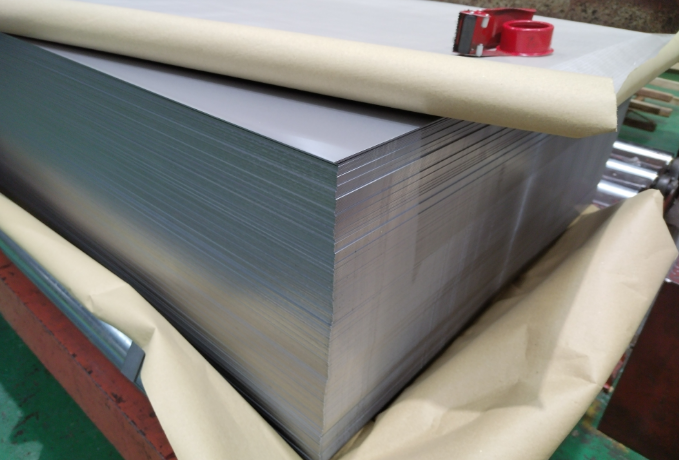
Protective Measures for Stainless Steel in Water Environments
Stainless steel, as an extensively utilized alloy material, finds applications across numerous working scenarios. However, it is crucial to emphasize that when stainless steel is
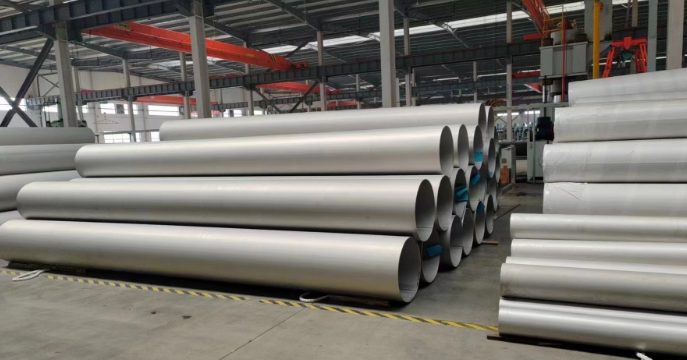
Performance Characteristics and Applications of 303 Stainless Steel
303 stainless steel, as a type of stainless steel containing sulfur and selenium, not only exhibits high machinability and resistance to high-temperature sticking but also
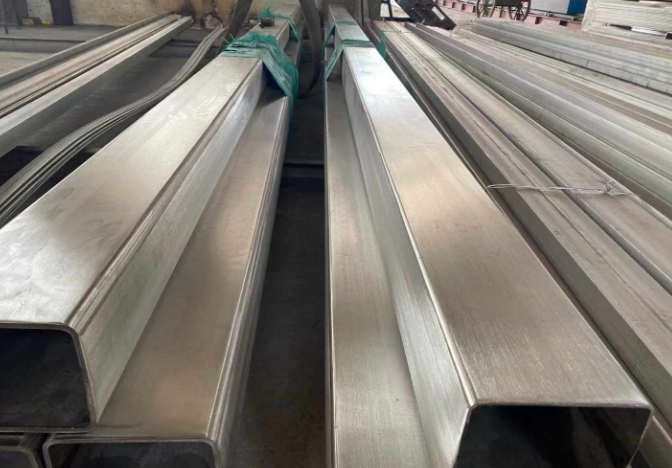
Properties, Characteristics and Applications of 416 Stainless Steel
As an outstanding martensitic stainless steel, 416 stainless steel boasts a unique chemical composition that endows it with superior magnetic properties, good corrosion resistance, ease
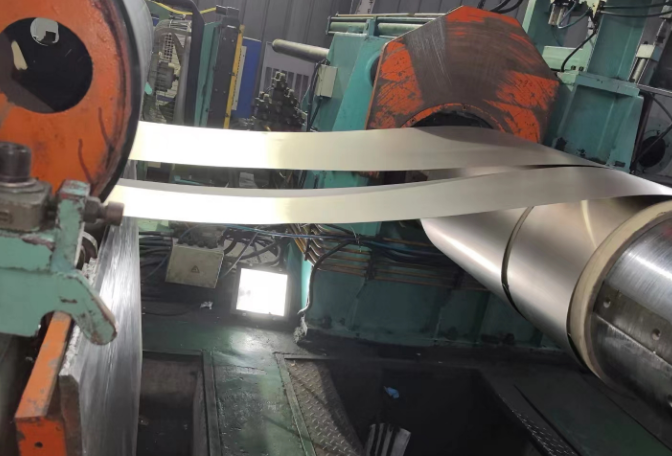
Advantages of Hot Rolling Process in Stainless Steel Manufacturing
Stainless steel, a ubiquitous metallic material, finds extensive applications across various sectors such as construction, food processing, and healthcare. Enhancing the reliability and durability of
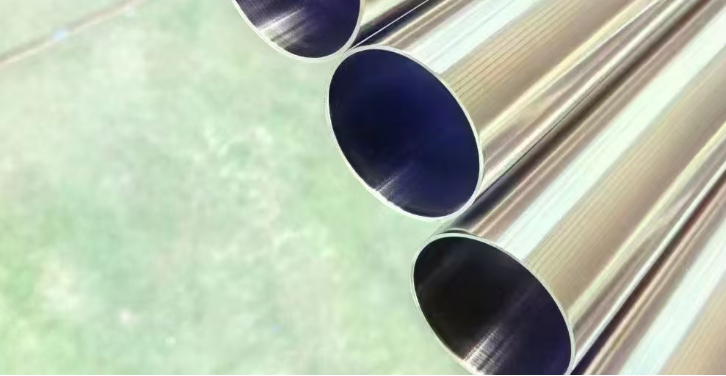
5 Methods to Enhance the Strength of Austenitic Stainless Steel
Stainless steel, as a crucial and widely utilized steel type, enjoys extensive applications in civil and industrial sectors due to its high corrosion resistance, excellent
 :+86-13012867759
:+86-13012867759  :export86@sino-stainless-steel.com
:export86@sino-stainless-steel.com